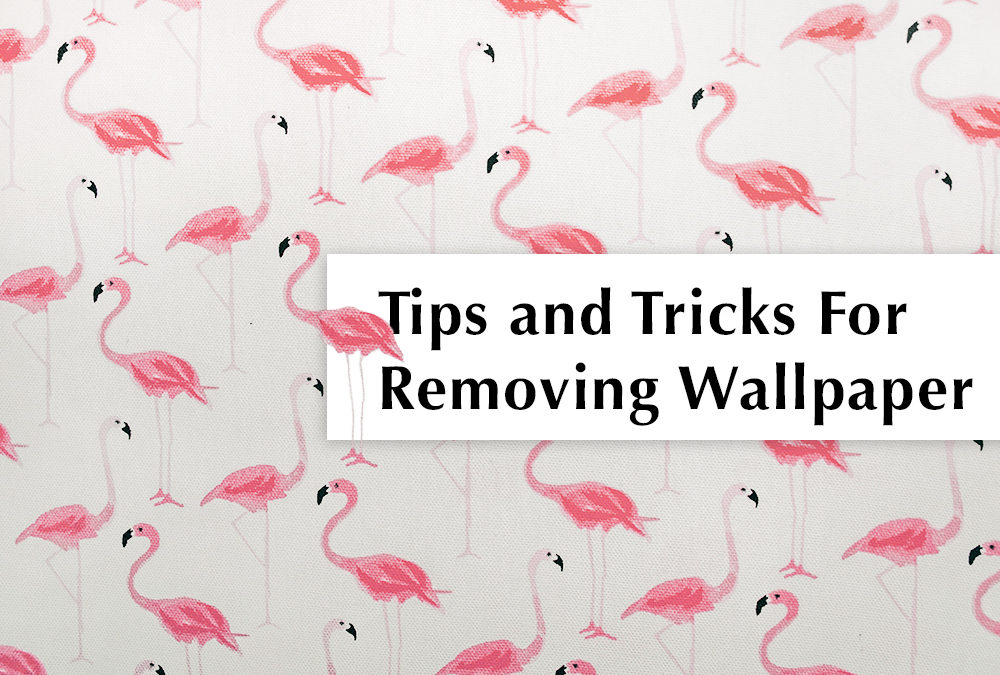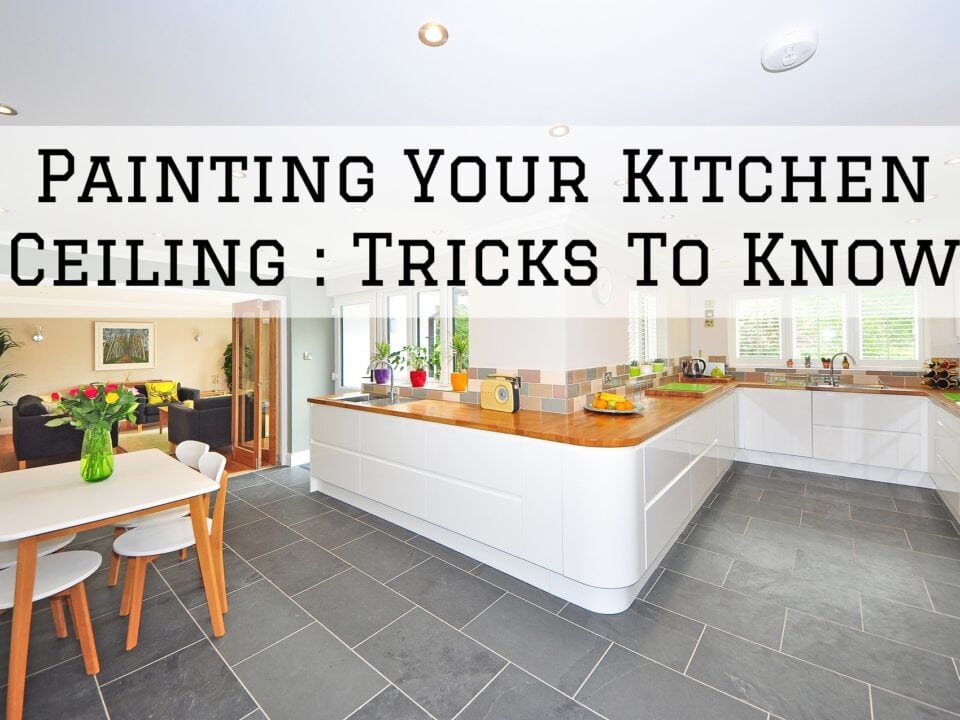Tips and Tricks For Removing Wallpaper in Point Loma, CA

5 Steps To Removing Water Stains On Your Ceiling in University City, CA
May 17, 2020
7 Ideas For Painting Your Kid’s Bedroom in Torrey Highlands, CA
June 3, 2020Tips and Tricks For Removing Wallpaper in Point Loma, CA
When you’re looking to do some interior painting or re-painting in your home, you will sometimes come across a room that has wallpaper in it, and the decision comes down to whether you want to just paint over the wallpaper that is there or if you want to remove it first before painting the walls.
If you decide to paint over the wallpaper, there are methods that you will need to employ that will be covered in a separate blog.
Removing wallpaper, however, is its own endeavor and needs some careful consideration and process before you begin.
With that being the case, let’s look at some of the tips and tricks for removing wallpaper in Point Loma, CA.
1. Moisture Is The Key
The key to removing wallpaper, for the most part, is moisture — to get the glue to be sufficiently moistened that it loosens its grip on the wall and allows you to remove it from the wall more easily.
There are two chief ways that you can get your wallpaper sufficiently moist, and that comes in the form of either applying it with a sponge or damp towel or using some kind of steaming apparatus.
Depending on the kind of wallpaper that you have, you may need to first poke and prod at your wallpaper to get some tiny holes in it and therefore allow the moisture to get through to the glue layer.
Typically, this will be when you have a wallpaper that is so easy to clean that it is possible to wipe off stains with a damp cloth — this means that the wallpaper is likely water-resistant as well.
2. Try To See If The Wallpaper Is Easy To Remove First
Some wallpapers are made to be easily removed, and before you get into a long and needless process of steaming or otherwise moistening your wallpaper, you should see if your wallpaper is like that.
You can do this by prying up a small part of the wallpaper by a seam and trying to pull down on it and seeing if it responds.
The best-case scenario is that it comes off of the wall easily, and in that case — you have it made.
If it does not come off so easily, you will need to remove the wallpaper properly.
3. Do Not Wait Too Long After Getting Your Wallpaper Wet
If it turns out that your wallpaper needs to get wet prior to being removed, you will not want to wait too long before actually removing it.
What this means in the practical sense is that you’re not going to want to moisten your entire wallpaper prior to removing it but rather moistening one section at a time, waiting a little bit, and then removing that section.
The problem with trying to remove all of it at once is that you risk too much time passing between when you start the project and when you are removing the wallpaper — and if you do that, there’s the possibility that the first bit of wallpaper will be too dry to remove.
4. Check For How Many Layers There Are Before You Start
Before you start removing your wallpaper, you will want to check to see how many layers of wallpaper you have going on there.
It is not too uncommon for people to put wallpaper on top of other wallpaper, which can then take a THIRD layer of wallpaper… and it’s good to know how many layers of wallpaper you’re dealing with before you start removing.
To best do this, cut into your wallpaper (perhaps at a seam) and then see how far you have to go before you hit the wall — hopefully not too far!
If you need professional assistance painting the exterior of your home, Peek Brothers Painting can help.
We use only high-quality painting products from reputable manufacturers for guaranteed durability and quality of the final paint job.
Book a FREE estimate below or call us on (858)505-1361 if you have any questions.
Related: 7 Ways To Improve Your Curb Appeal in Del Mar, CA
Causes of Blistering and Bubbling on Your Exterior Paint Job and How To Fix It in Point Loma, CA
Roof Cleaning in San Diego, CA: Methods & Techniques





